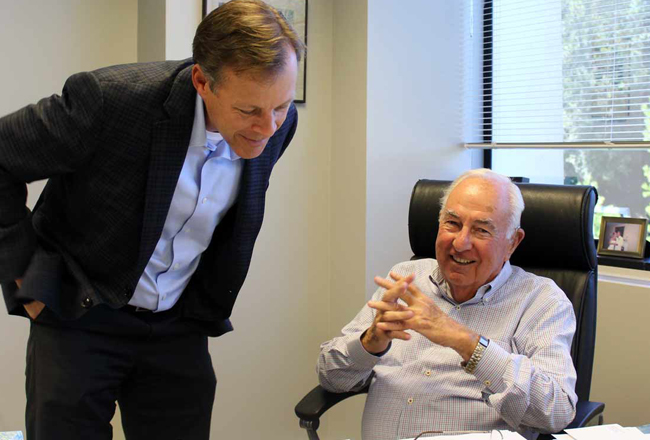Westchester County Association becomes a force in workforce development

The Westchester County Association is making workforce development a key area of activity following its success in managing the four-year, $9.8 million Jobs Waiting program funded by a U.S. Department of Labor Ready to Work grant.
In 2015, Westchester County selected the association to manage the program, which provides job training to people who are either unemployed or looking to develop new skills in order to move up the employment ladder. About 400 unemployed will have been placed in jobs with nearly 250 employers, largely in the health care sector, by the time the program ends in October. About 129 currently employed workers will have received additional training.
In addition to paying for training, the program helps cover an individual’s child care and transportation costs and also gives employers the opportunity to try workers with no cost or obligation if they wish.
“I couldn’t be happier about the results we’re getting,” William Mooney, president and CEO of the association, told the Business Journal.
A confirmation of the association’s intensified interest in providing workforce development services came in late July when it brought on board Jason Chapin as director of workforce development. He had managed the Jobs Waiting program as a subcontractor for the association, supervising more than 45 staff members in the seven-county Hudson Valley region where the program has been operating. His background includes coordinating and managing grants for CUNY (The City University of New York); SUNY (The State University of New York); and Connecticut-based nonprofit The Workplace. Chapin, who lives in Chappaqua, is a son of the late singer and songwriter Harry Chapin.
“We know that workforce is all about talent and we know that organizations that have great talent usually are very successful.” Chapin said. “We consider workforce development to be economic development. We agree with many others, including the Federal Reserve Bank of New York, and some of the other agencies that are talking about the importance of investing in employees and considering them a critical investment, not an expense.”
Chapin calculated the economic benefits of the $9.8 million Jobs Waiting program at about $11 million.
Mooney said one of the elements that encouraged his group to become a workforce development resource was “the huge demand from employers in our region, particularly in health care.”
Chapin said, “Health care is the largest growth sector in Westchester County, in the Hudson Valley, as well as New York state. Over the last year there have been about 60,000 workers added to the health care sector and that is one of our primary focuses. There are other sectors that continue to grow and we’re going to be directing our efforts toward meeting some of those needs.”
Chapin said he wants to make sure that employers understand the association is not looking to provide all of the employee training.
“We’re looking to be the workforce intermediary that brings different players together,” he said. He noted that local colleges provide training on campus and, in some cases, online.
“We know that a lot of large employers do a lot of training internally,” he said. “We also know that they’re looking to work with other vendors, other providers. If they already have the relationships, we’re happy. That means things are happening. But, if they don’t have the relationships, we can help them. We can introduce them and we can start those conversations.”
Chapin explained that the association has a workforce development committee and would like to develop a resource guide covering the field. About a dozen representatives of businesses and colleges sit on the committee and are working to create what Chapin describes as an “ecosystem” that will prove inviting to job seekers, training providers and employers.
“There are a lot of opportunities that we’re pursuing,” he said, noting that New York state has created a $175 million workforce development initiative. “The money is going to be dispersed on a regional basis and we were one of the first organizations to submit a proposal and it’s a two-part process. You have to get through phase one and then be invited to submit a proposal for phase two and we’re hoping to hear back soon.”
Chapin also discussed workforce development funding opportunities offered by large foundations.
A workforce summit is set for Jan. 16, 2020. Chapin said it will bring together about 200 stakeholders to hear from experts in the field.
“This is a workforce summit for the greater metropolitan area. There’s a focus on the Hudson Valley, but we’re going to be inviting people from Fairfield County because there are a lot of similarities between Westchester and Fairfield,” Chapin said. “We’ve invited a keynote speaker from the Federal Reserve Bank of New York, who is going to give a job outlook for the region and identify some of the challenges and opportunities.”
Mooney and Chapin are convinced that being a workforce development resource and strategist will become increasingly important for the association.
Chapin noted, “There are 43,000 people that are unemployed in the Hudson Valley and if they’re unemployed they’re not contributing to the economy. What’s even more startling to me is that there are 60,000 open positions in the Hudson Valley, so that tells me that there’s a lot of work that needs to be done that’s going to benefit job seekers and training providers and employers and nobody can do it alone. We have to create collaborations and partnerships so we’re all working toward the same goal.”